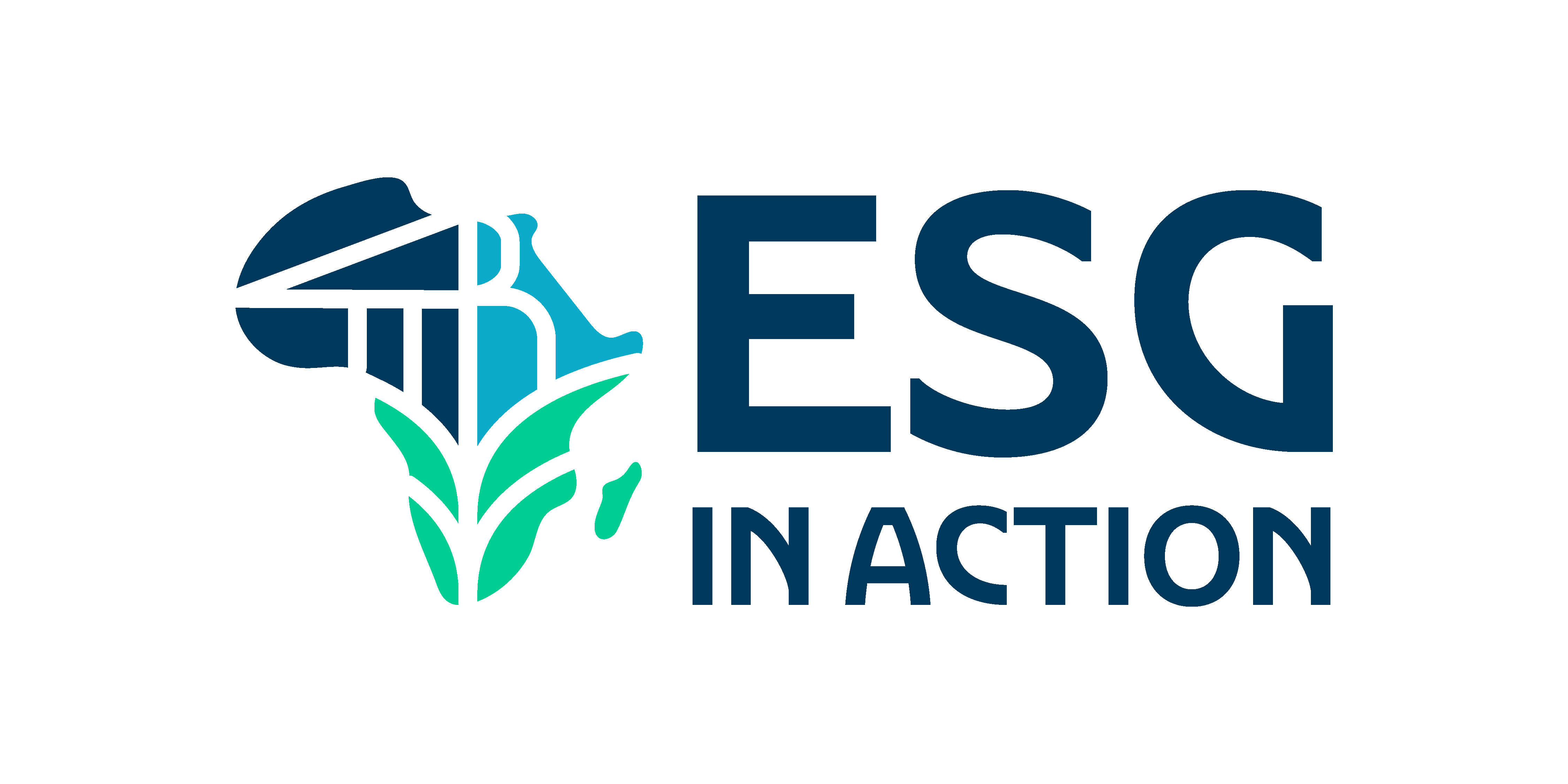
Top ESG Mistakes in Africa (and What Smart Companies Are Doing Differently)


In recent years, Environmental, Social, and Governance (ESG) performance has emerged as a critical benchmark of responsible business. Yet in Africa, ESG remains a patchy and often misunderstood area. Some companies see it as a Western trend with little local relevance. Others embrace the language but not the substance, issuing reports without the internal architecture to make their commitments real. Regardless, some others genuinely want to get it right but fall short due to structural, governance, or capacity gaps.
Regardless of the perception towards ESG, the consequences are no longer theoretical. Investors are watching, regulators are catching up, and communities are less willing to tolerate exploitative extractions and unaccountable operations. So, where are African companies going wrong, and what can be done to change course?
Mistake 1: Confusing ESG with CSR


One of the most common and costly missteps is treating ESG as a glorified PR or charity exercise. For some organisations, it becomes a showcase of donations, glossy reports, and sustainability buzzwords with little real substance. This surface-level approach dilutes the impact of ESG and leaves companies vulnerable when stakeholders start asking tougher questions.
Consider the case of Eskom, South Africa’s embattled electricity utility. In 2022, Eskom promoted environmental upgrades and “clean energy plans,” while still ranking among Africa’s largest carbon emitters. It was also facing legal action over air pollution linked to severe public health risks. Environmental groups and investors accused the utility of greenwashing by creating an illusion of progress while ignoring deep-rooted environmental failings.
True ESG leadership requires more than optics. It demands that ESG goals be embedded in the business model, tied to operational planning, and linked to executive performance. ESG should shape how a company creates value, not just how it gives it away.
How to Get it Right


Not sure if your ESG efforts are strategic or just CSR dressed up? At ES in Action Africa, our ESG Maturity Diagnostic helps you uncover hidden gaps, align performance with purpose, and chart a path toward measurable impact and long-term value creation.
Mistake #2: Copy-Pasting Global Frameworks Without Adapting Them to Local Realities


Another one is the wholesale adoption of global ESG frameworks without adapting them to the local context. Standards like the Global Reporting Initiative (GRI), SASB, or the new IFRS guidelines provide valuable structure, but they are primarily shaped by the priorities of developed markets. When applied rigidly in African contexts, they often miss the mark.
In many African economies, informal employment dominates, access to basic infrastructure is uneven, and regulatory systems vary widely in effectiveness. ESG strategies that ignore these realities risk being out of touch or, worse, being harmful.
This disconnect isn’t hypothetical. In the Niger Delta, international oil companies have long met global disclosure requirements, yet continue to face backlash for decades of environmental degradation and social harm. Their failure to address local concerns has led to lawsuits, protests, and reputational fallout that no amount of polished ESG reporting can mask.
On the other hand, companies like Safaricom in Kenya have shown how to localise global principles successfully. By anchoring its ESG agenda in financial inclusion and digital access, the issues central to its environment and stakeholders, Safaricom has aligned its purpose with performance.
How to Get it Right


Global standards are tools, not templates. At ESG in Action Africa, we help you translate international frameworks into locally grounded ESG strategies that are aligned with national priorities, responsive to stakeholder needs, and designed for measurable impact and sustained business growth.
Mistake 3: Treating ESG as a Compliance Checklist, Not a Strategic Lever


The mistake a lot of companies make is viewing ESG as a regulatory obligation. A set of boxes to tick, reports to file, or ratings to chase. While compliance is important, stopping there limits the full potential of ESG. It becomes a cost centre instead of a value driver.
This mindset often leads to performative policies, disconnected KPIs, and templated reports that might satisfy auditors but fail to inform real business decisions. Worse still, it creates ESG fatigue across the organisation, where sustainability feels like a burden rather than a pathway to innovation and competitive advantage.
Yet ESG, when done right, can unlock entirely new ways of thinking about growth. From derisking operations and accessing green capital to identifying new product opportunities and building long-term trust. ESG should sit at the heart of strategy and not be a sidebar to business. It is the business.
Take, for example, the global shift toward responsible sourcing and traceability. African agribusinesses and manufacturers that embed ESG principles into their supply chains are already gaining access to premium markets, financing, and partnerships that reward transparency and resilience.
How to Get it Right


We help companies move beyond compliance to uncover ESG’s full strategic value. Through ESG opportunity mapping, stakeholder alignment, and integration into business planning, we ensure your sustainability efforts are both impactful and profitable. ESG should not be a burden. It could be your competitive edge.
Mistake 4: Treating Social Impact as an Afterthought


In ESG conversations, the “E,” particularly carbon emissions, tends to dominate. Decarbonisation is crucial, but when environmental metrics overshadow the social and governance pillars, companies miss the mark, especially in African markets where the most urgent risks are often social. From unemployment to land rights disputes, poor labour protections, and deep-rooted inequality.
The consequences of sidelining the social dimension are tangible. In the mining sector, for example, companies across Nigeria, the DRC, Zambia, and South Africa have faced protests, site shutdowns, and court actions not for polluting the air but for failing to engage displaced communities, overlooking local hiring, or ignoring historical grievances. These social missteps have delayed projects, inflated costs, and, in some cases, permanently damaged a company’s license to operate.
The message is clear: social performance is business performance.
Companies that lead in this area don’t just mitigate risk, but they build trust, strengthen operations, and unlock long-term value. Anglo American’s shift to a “partnering with communities” model is a case in point, moving beyond extraction to shared value creation and inclusive development.
How to Get it Right


At ESG in Action, we work with executive teams and boards to embed social accountability into corporate governance, from stakeholder engagement to community investment strategy. We help link social impact to executive KPIs, performance dashboards, and risk management systems. The result? A stronger, more trusted business that thrives with the communities it serves, not despite them.
Mistake 4: Underinvesting in ESG Data, Systems, and Verification


We always say: without reliable data, ESG is just rhetoric. Yet across many African markets, companies still lack the infrastructure to gather, manage, and verify ESG metrics in a way that drives performance and builds stakeholder trust.
Too often, reporting is siloed, manual, and backwards-looking, triggered by investor questionnaires rather than rooted in proactive measurement. A 2023 PwC South Africa survey revealed that fewer than 40% of listed firms could confidently validate their ESG data. The gap is even wider in smaller markets, where regulatory guidance is unclear and internal capacity is limited.
The risks of poor ESG data are real: from investor scepticism and missed funding opportunities to legal exposure and reputational harm. In a landscape where global capital increasingly prioritises verified impact, data confidence is no longer optional; it’s essential.
Forward-thinking companies treat ESG data like financial data: structured, owned, auditable, and decision-ready. That means assigning accountability across departments, using digital tools for real-time tracking, and investing in third-party assurance. You don’t need to do it all at once, but starting small, with the most material metrics for your industry, can unlock early wins and long-term momentum.
How to Get it Right


We design and implement practical ESG data systems, from collection and integration to dashboarding and external benchmarking. We help companies transition from static, compliance-driven reports to dynamic performance tracking that supports investor engagement and strategic decision-making. In the race for ESG-aligned capital, verified data isn’t a nice-to-have but your license to lead. Let us help you build the systems that will set you apart.
Mistake 6: Weak ESG Governance at the Board Level


Finally, even companies with strong ESG ambitions often falter due to one critical flaw: poor governance at the top. Boards may lack ESG literacy, fail to hold management accountable, or treat sustainability as a side issue. One that is more about compliance than strategy. But when ESG isn’t championed at the highest levels, it struggles to gain real traction across the organisation.
A telling example is the 2017 Steinhoff International scandal. While the issue was accounting fraud, the root cause was weak governance, inadequate oversight, blurred accountability, and a lack of board vigilance. The fallout wiped billions from the company’s value. Today, the same level of risk applies to ESG blind spots: what starts as a reputational concern could quickly spiral into a financial and operational crisis.
In today’s world, ESG risks are business risks, and ESG governance must be treated with the same rigour as financial oversight. That requires intentional action of recruiting board members with ESG experience, establishing dedicated ESG or sustainability committees, and integrating ESG into the enterprise risk framework. Boards should not only receive regular ESG updates but also actively interrogate assumptions, challenge strategies, and demand evidence of impact.
How to Get it Right


Let us deliver targeted ESG training for your board members and C-suite leaders, equipping them with the insight and tools to ask the right questions and lead with clarity. Our approach helps boards integrate ESG into decision-making, governance structures, and risk oversight, ensuring sustainability isn’t just reported but truly owned at the top.
In conclusion, getting ESG right in Africa isn’t just about ticking boxes or mimicking global best practices. It’s about leading with clarity, context, and courage. As we’ve seen, the most common mistakes, from sidelining social impact to underinvesting in data systems, aren’t just operational oversights. They’re missed opportunities for resilience, reputation, and responsible growth.
The good news? These pitfalls are avoidable.
At ESGiAA (ESG in Action Africa), we work with forward-thinking companies to turn ESG into a source of strategic value. Whether you’re just starting or refining your sustainability journey, we’re here to help you move from intention to impact with the systems, insights, and leadership support you need to succeed.



